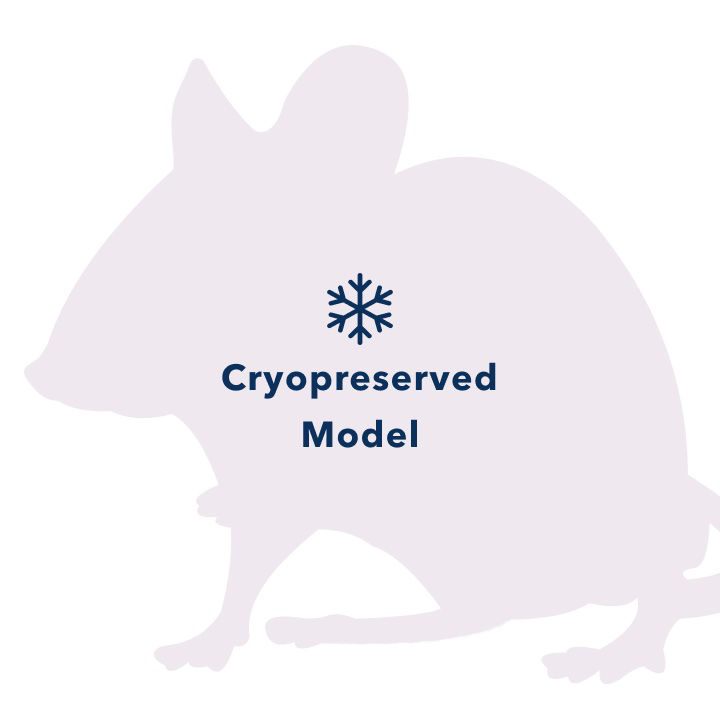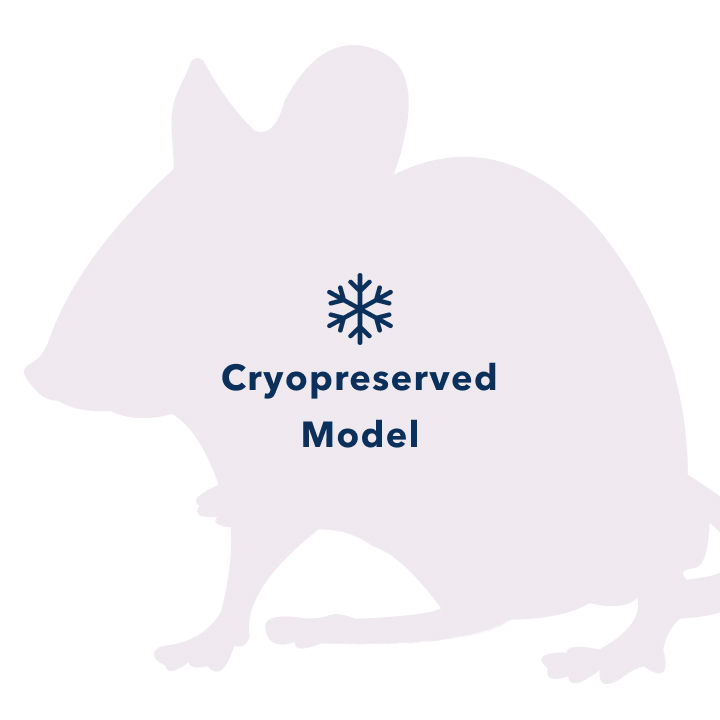| Model No. | Nomenclature | Genotype |
|---|---|---|
| 8222 | C57BL/6-Nr1i2tm3Arte Nr1i3tm1.1Arte | Inquire for genotype |
Pxr-Car Knockout Mouse

- Description
- Related Products & Services
- Price & Licensing
- Overview
- Genetics
- Guides & Publications
- Applications & Therapeutic Areas
- Transit, Housing & Welfare
- Diet
Overview
Nomenclature: C57BL/6-Nr1i2tm3Arte Nr1i3tm1.1Arte
- This targeted mutation strain carries a deletion of the mouse Nr1i2 and Nr1i3 genes which encode for the nuclear receptors PXR and CAR.
- Useful in defining the effect of PXR and CAR on CYP induction and therefore pharmacokinetics, drug toxicity, and efficacy.
- In conjunction with the Humanized PXR-CAR Mouse line (Taconic Model 8223), this model has relevance for the prediction of the hazard of non-genotoxic rodent liver growth carcinogens to humans.
Origin
The Pxr-Car Knockout mouse was developed by Taconic in collaboration with CXR Biosciences. The double knockout model was generated by crossing each humanized single gene mouse line with a PhiC31 deleter mouse. The two single knockout lines were then crossed together. The Humanized PXR Mouse model was created through a knock in of a human PXR cDNA/genomic construct onto the ATG of murine PXR in C57BL/6NTac-derived ES cells. The Humanized CAR Mouse model was created through a knock in of a human CAR construct containing the genomic sequence from the translational start site on exon 2 to exon 9 onto the ATG of murine CAR in C57BL/6NTac-derived ES cells. In both cases targeted ES cells were injected into BALB/cJBomTac blastocysts and the resultant chimeras were backcrossed to a Flpe deleter strain on C57BL/6J to eliminate selection markers. The Pxr Knockout Mouse model was derived from the Humanized PXR Mouse line through a PhiC31-mediated deletion of the human PXR sequence. Mouse exon 2, carrying the translational start site, is deleted in the knockout, while mouse exon 1 and exons 3-9 are still present. A splice acceptor polyA motif included in the targeting vector causes splicing of exon 1 to a polyA motif and thereby terminates the transcription. The absence of PXR protein was proven experimentally. The Car Knockout Mouse model was derived from the Humanized CAR Mouse line through a PhiC31-mediated deletion of the human CAR sequence. This deletes all exons coding for functional domains of CAR (exon 3-9). The absence of CAR protein was proven experimentally. The Pxr-Car Knockout Mouse line was obtained by crossing the single knockout mouse lines for both receptors. Taconic received stock in 2008, and the line was embryo transfer derived. The colony is maintained by mating double homozygotes.
This model is cryopreserved and available for recovery. Models can typically be recovered and delivered to customers within 12 weeks after order receipt. Purchase of this model includes perpetual use rights and a deliverable of four mutant animals at the Murine Pathogen Free™ health standard along with a genotyping protocol. For models which include a recombinase gene or multiple alleles, all alleles will be provided, but individual animals may not contain all mutant alleles.
Taconic’s Colony Management experts can design a plan to grow your colony faster.
Genetics
Guides & Publications
Initial Publication:
- Scheer N, Ross J, Rode A, Zevnik B, Niehaves S, Faust N, Wolf CR. (2008) A novel panel of mouse models to evaluate the role of human pregnane X receptor and constitutive androstane receptor in drug response. J. Clin. Invest. 118(9): 3228-3239.
Additional Publication:
- Ross J, Plummer SM, Rode A, Scheer N, Bower CC, Vogel O, Henderson CJ, Wolf CR, Elcombe CR. (2010). Human constitutive androstane receptor (CAR) and pregnane X receptor (PXR) support the hypertrophic but not the hyperplastic response to the murine non-genotoxic hepatocarcinogens phenobarbital and chlordane in vivo. Toxicol Sci 116(2):452-66.
Applications & Therapeutic Areas
- ADMET
Transit, Housing & Welfare
Need more info? Click the live chat button or Contact Us
Diet
- Services
- Licensing
- Pricing - USD
- Pricing - EUR
- Pricing - DKK
- Select my Health Standard
- Get Custom Pricing Guide
Pxr-Car Knockout Mouse
This model is sold under terms which grant perpetual use rights.
Pricing - USD
8222-EZcohort-4
| Item | Commercial | Nonprofit |
|---|---|---|
| Cryopreserved Model | US$21,000.00 | US$13,000.00 |
Cryopreserved models are invoiced upon shipment of recovered animals. Once orders are placed, the full purchase price will be applied if the order is canceled. For orders greater than 4 animals, please contact Taconic for options.
Fees for Taconic Transit Cages™ and freight are in addition to the price above.
Pricing - EUR
8222-EZcohort-4
| Item | Commercial | Nonprofit |
|---|---|---|
| Cryopreserved Model | 21.000,00 € | 13.000,00 € |
Cryopreserved models are invoiced upon shipment of recovered animals. Once orders are placed, the full purchase price will be applied if the order is canceled. For orders greater than 4 animals, please contact Taconic for options.
Fees for Taconic Transit Cages™ and freight are in addition to the price above.
Pricing - DKK
8222-EZcohort-4
| Item | Commercial | Nonprofit |
|---|---|---|
| Cryopreserved Model | kr.156.699,00 | kr.97.004,00 |
Cryopreserved models are invoiced upon shipment of recovered animals. Once orders are placed, the full purchase price will be applied if the order is canceled. For orders greater than 4 animals, please contact Taconic for options.
Fees for Taconic Transit Cages™ and freight are in addition to the price above.
Select my Health Standard
Need help choosing the right Taconic Biosciences health standard for your research?
Use the Health Standard Selector to enter your exclusion list. The tool will tell you which health standards meet your requirements.
Get custom pricing guide
Schedule A Scientific Consultation
Connect directly with a member of our Scientific Solutions team who can help you select the most appropriate model and maximize your experimental success.
















.jpg)

.jpg)
.jpg)
.jpg)
.jpg)





.jpg)


.jpg)
.jpg)




.jpg)




.jpg)

.jpg)






